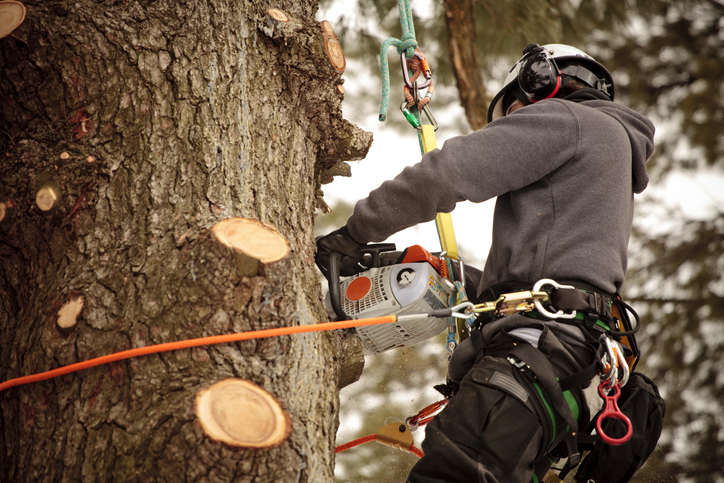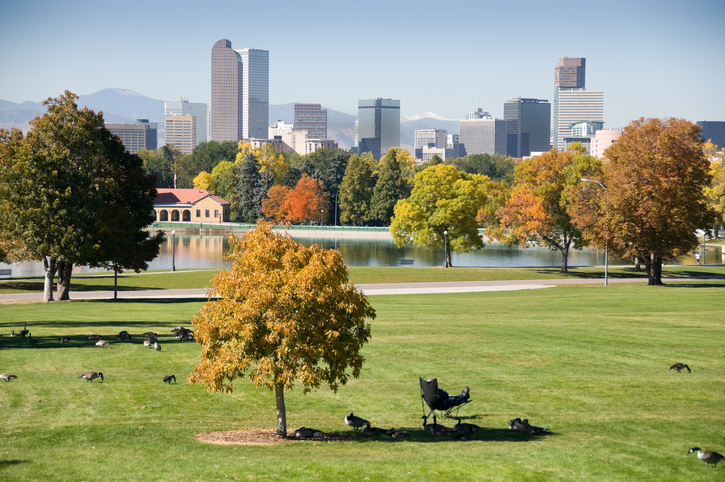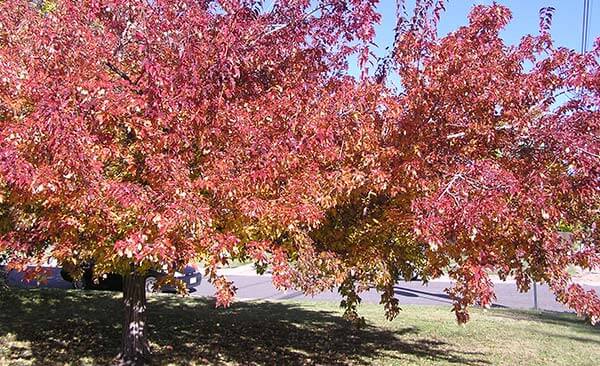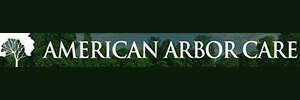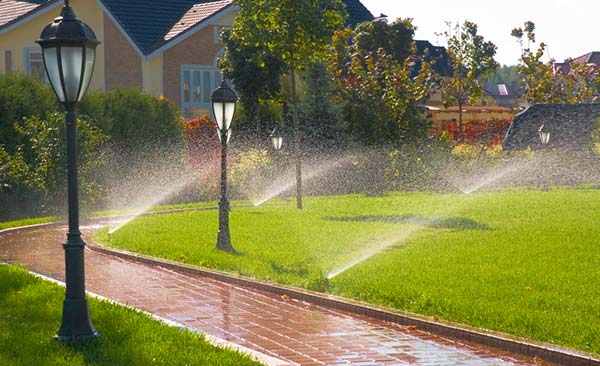1. How Are Their Reviews?
As with any service provider, online reviews will tell the full story. A reputable company with plenty of gold stars beside its name has earned those reviews, and will be more likely to do a stand-up job. Read through the customer reviews to see how satisfied they were with the business’s response time, efficiency, and the quality of their work.
2. Are They Insured?
It’s very important to hire an arborist that is insured. This protects both you, the homeowner, and the company itself when trees are being pruned or removed. Check to make sure your arborist has liability insurance that will cover any damage that occurs to your property when they’re working. Your arborist should also carry worker’s compensation insurance that will take care of any employees who are injured on the job. This insurance will also protect you from being sued. We also encourage homeowners to ensure they are aware of any liability waivers and their rights/as well as neighbor’s rights when it comes to plant material crossing/encroaching a property line.
3. Are They Licensed?
In order to obtain a Tree Service License in Denver, an arborist must pass a written test and a field test that prove that he or she can perform quality arbor care that is safe and efficient. Before hiring an arborist, make sure the company has the appropriate license for tree removal in your city. It’s completely acceptable to ask for a copy of their license.
4. Do They Have the Proper Credentials?
There are several different opportunities for training and certification available for arborists to pursue, so it’s a good idea to ask about them. Some of these include:
- International Society of Arboriculture Certified Arborist
- Board Certified Master Arborist
- Qualified Supervisor License with the Colorado Department of Agriculture
Most impressively, the International Society of Arboriculture (ISA) provides membership to arborists who can pass extensive testing that covers all kinds of information on tree care and maintenance. If your arborist is a member of the ISA, you can rest assured that they’re experienced and educated on all things tree-related.
5. Can They Provide Referrals?
When shopping around for an arborist, ask them if they can provide a list of referrals? A company with a good reputation should be able to readily give you the contact information for a few happy customers. These references can give you more information about what kind of work to expect from the arborist along with their satisfaction level.
6. Can They Give You a Free Estimate?
A qualified arborist will be happy to provide free estimates for the services you’d like them to complete. In fact, they should be able to deliver a detailed estimate in writing, so you can be crystal clear about what to expect. This will ensure that you don’t have surprises that pop up as they complete their work. Keep in mind that estimates are different from consultations or landscape plans, which can have fees associated. Be sure to clarify with your arborist what is included in the free estimate.
7. Do They Have the Right Equipment?
Ask the arborist about the equipment they have to perform the job. It’s important to know if they have heavy equipment like cranes to perform big jobs on large trees. A variety of available equipment will make it less likely that the company will cause damage to your property while they’re getting the job done.
8. What Type of Training Have Employees Participated in?
Denver only requires that one arborist at a tree service company has a Tree Service License. Because of this, it’s important to ask about the employees, and whether they’ve been properly trained to do quality work. Ask about their experience level and any certifications that the employees have obtained along with whether the company has a drug-free policy.
If you’d like more information about quality arbor care, contact us today. Our arborists at American Arbor Care are certified and passionate about tree care and we’ll get the job done safely, efficiently and to the highest standards.

